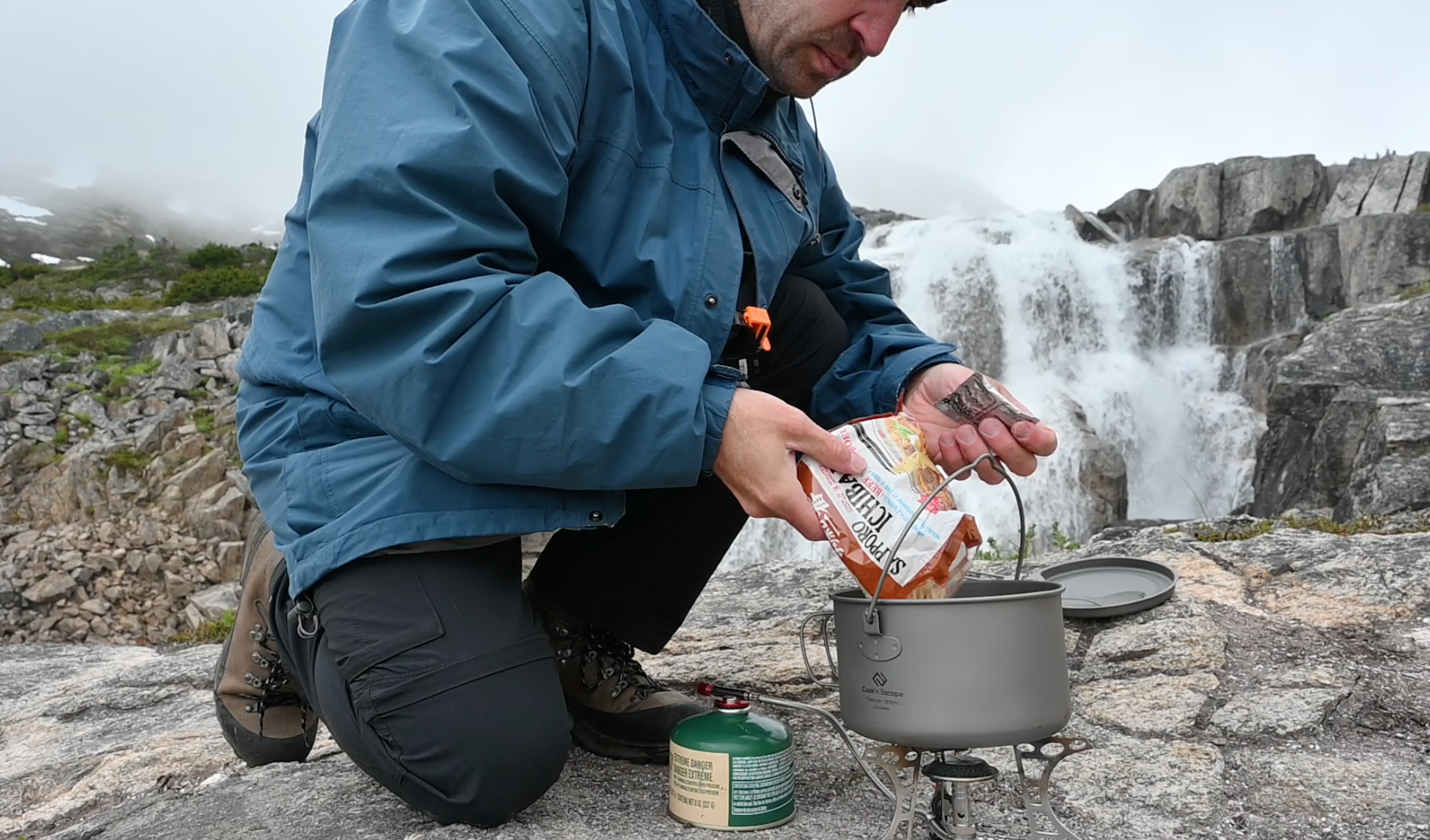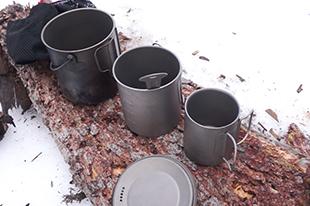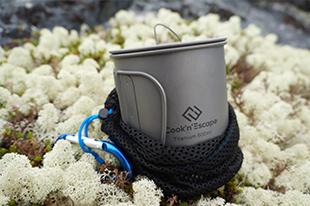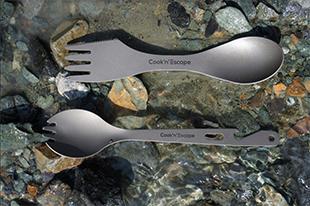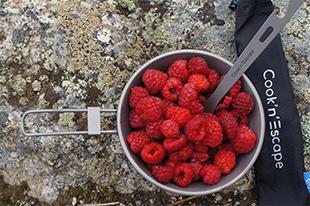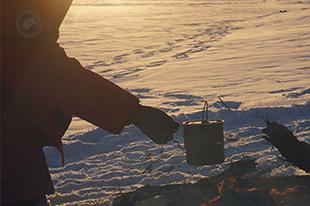Dehydrated meals alternatives

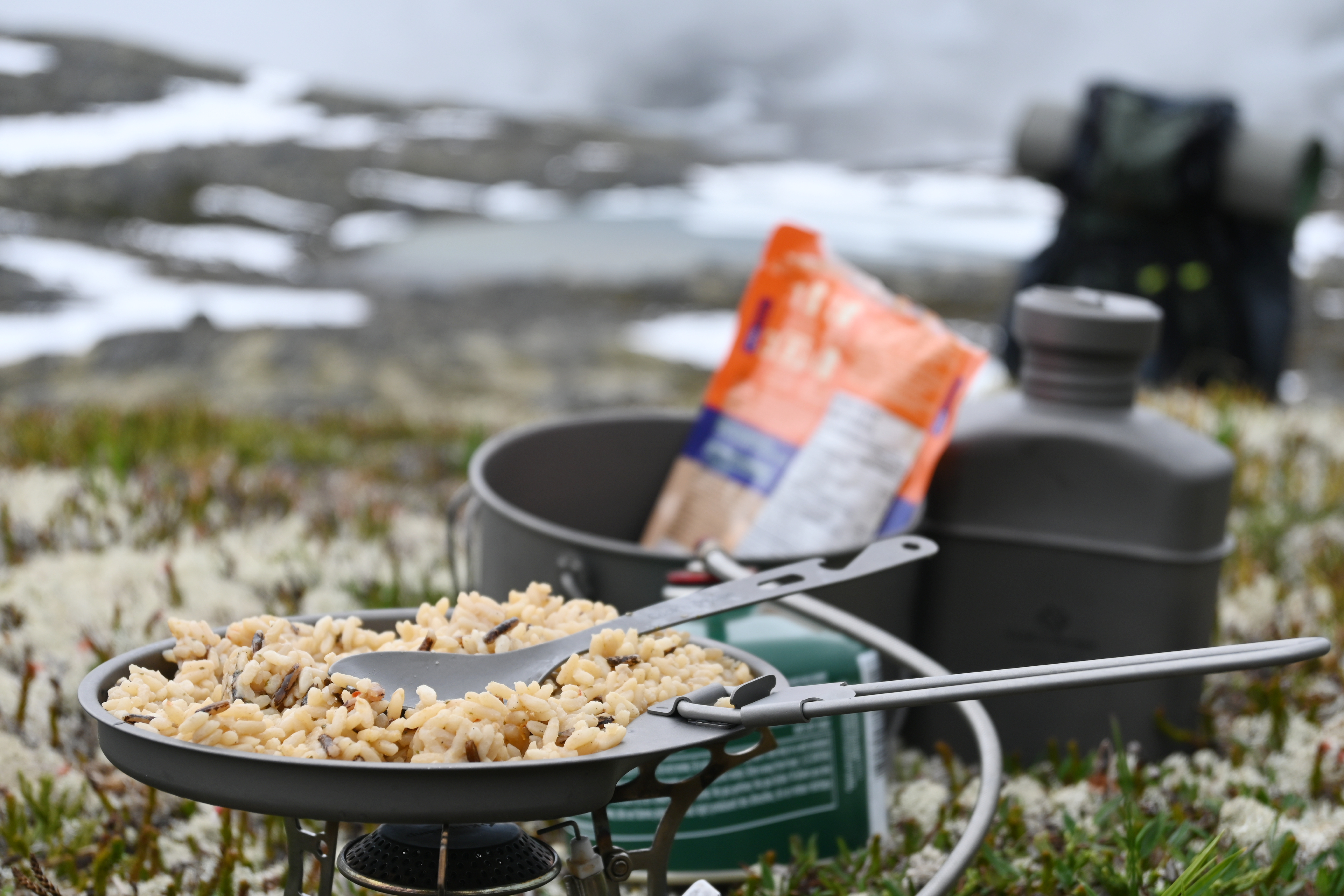
Dehydrated Meals Alternatives
Commercial dehydrated meals are convenient for the backpacking crowds. They offer a somewhat balanced meal, lightweight and easy to carry, they are time-savers — nothing to prepare and space spacer, because they are so compact. For shorter trips, they are convenient food solutions. However, they have downsides. They are higher calorie solutions and can be high in sugar and sodium, which, as most people know, can create ailments in the long term. Furthermore, they are pricey!
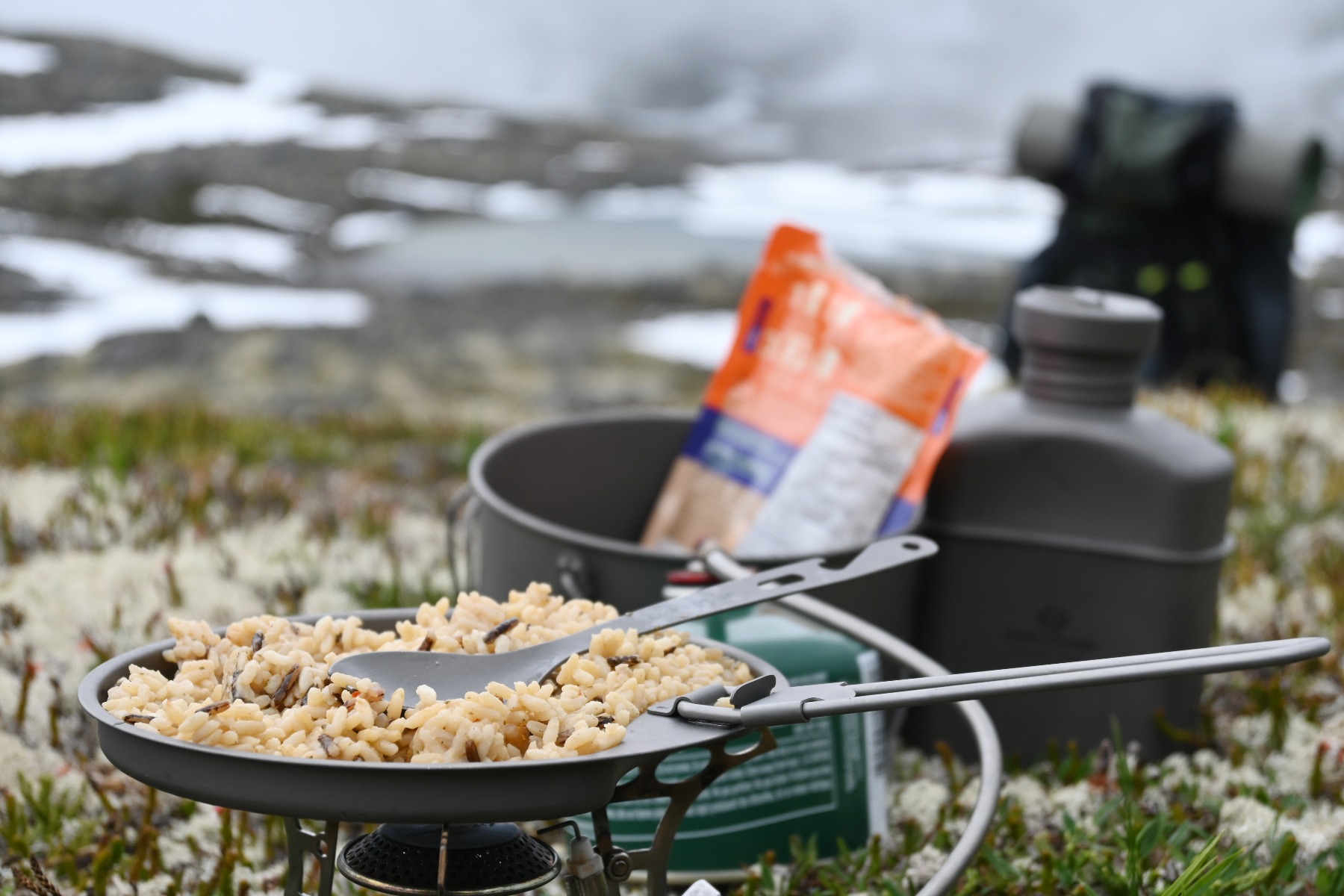
So, what are the alternatives to commercial dehydrated meals?
1- The first solution is to dehydrate food yourself. Buy, borrow or create a food dehydrator. If you don’t have access to a commercial food dehydrator, dehydrate food with the oven. Set the temperature to around 150°F and leave the oven’s door to allow moisture to escape. It's also possible to use a toaster’s oven, or possibly a microwave, and if you don’t have any of those, dry food with a fire! Cut the food in strips and place it near the fire, but not too close; it should not cook the food! The greatest benefit of the homemade method is the choice of food you will eat, both in quantity and quality. Carrots, onions, kale, potatoes, berries, bananas, apples, and jerky, of course, pretty much anything is fair game!
2 - Of course, keep in mind the possibility of “freezer bag cooking,” a cooking method already discussed here. Premix trail ingredients at home in a freezer bag and, once in the field, boil water and add it to the mix, or cook directly your food in the freezer bag immersed in boiling water.
3- Who says food has to go through a dehydration stage? Choose food naturally dehydrated: nuts are perfect! They are high calorie and their oil makes them easy to store long term. The same goes for honey or peanut butter! Also, consider salami and grains; they will provide well-needed calories for the trail.
4- Remember, a lot of commercially processed food has the advantage of being already dehydrated and having a long shelf life. Think about biscuits, couscous, instant rice… And the list would never be complete without ramen noodles! The Sapporo Ichiban noodles are one of our favorites! Inexpensive, lightweight, and good! Cook them directly in a pot for 3 minutes. If you are roughing it, you don’t even need hot water: crumble the noodle block before opening the packaging, open the top, spread the sauce powder, add cold water in it, let it rest for a few minutes, and eat! Nothing fancy in that method, but it makes for a palatable and nourishing meal. It makes a great quickie shore lunch during a canoe expedition.
5- Last tip, always use utensils that will accommodate any type of cooking. One of our favorites is the Mountain Top Pot. It is a clever combination of pot and frying pan that allows, even in adverse wilderness conditions, to cook the satisfying food needed to continue the journey.
